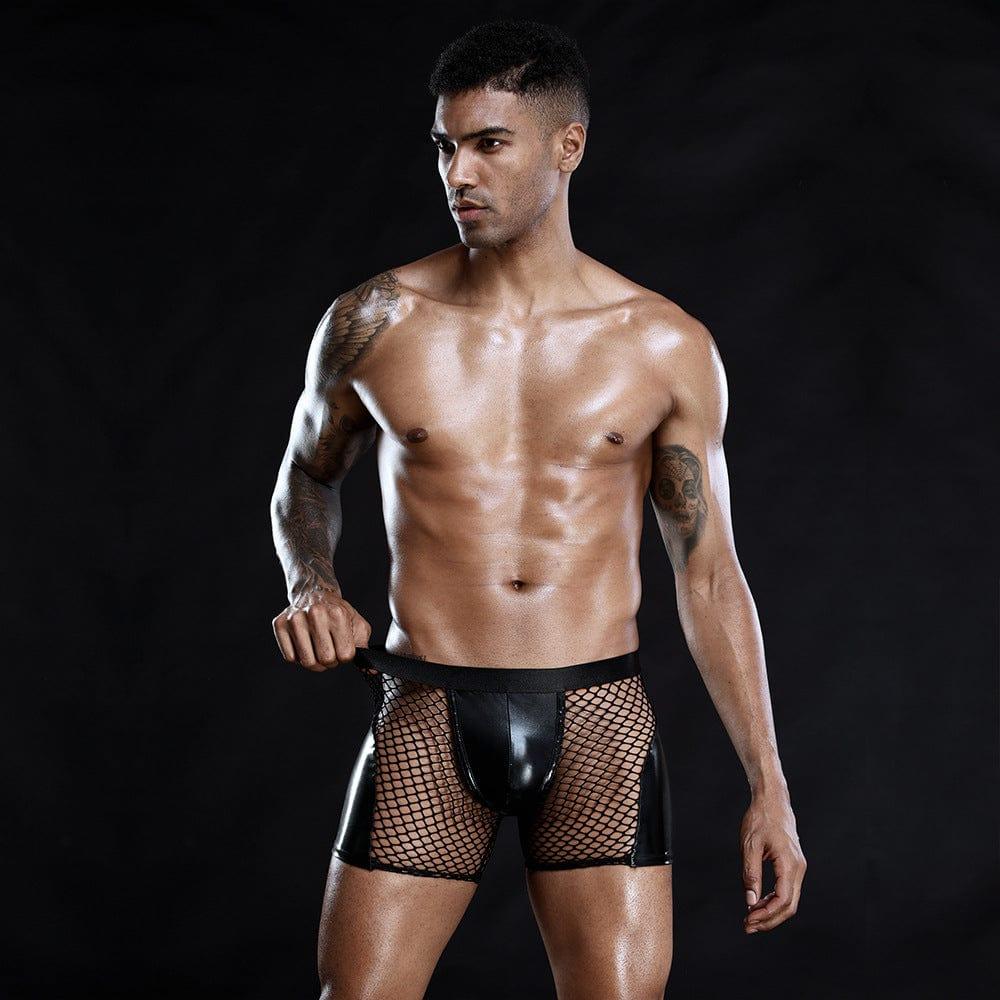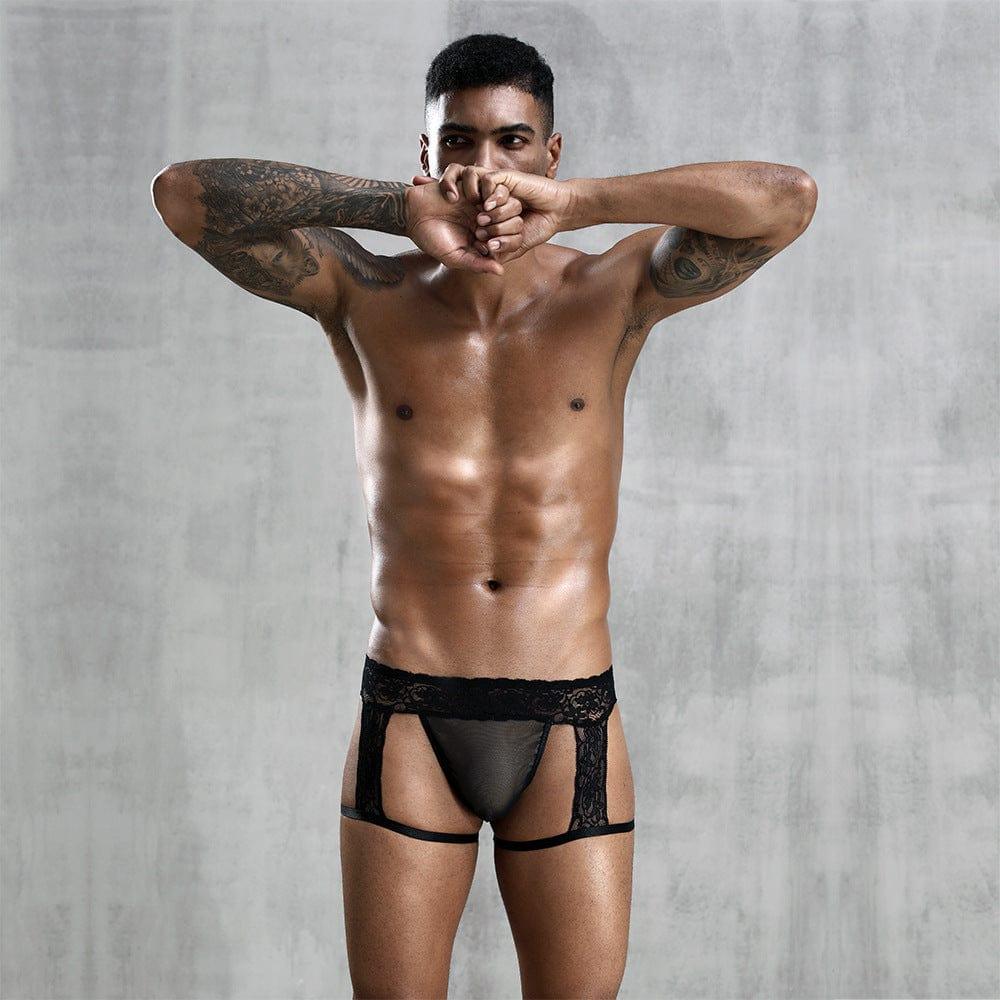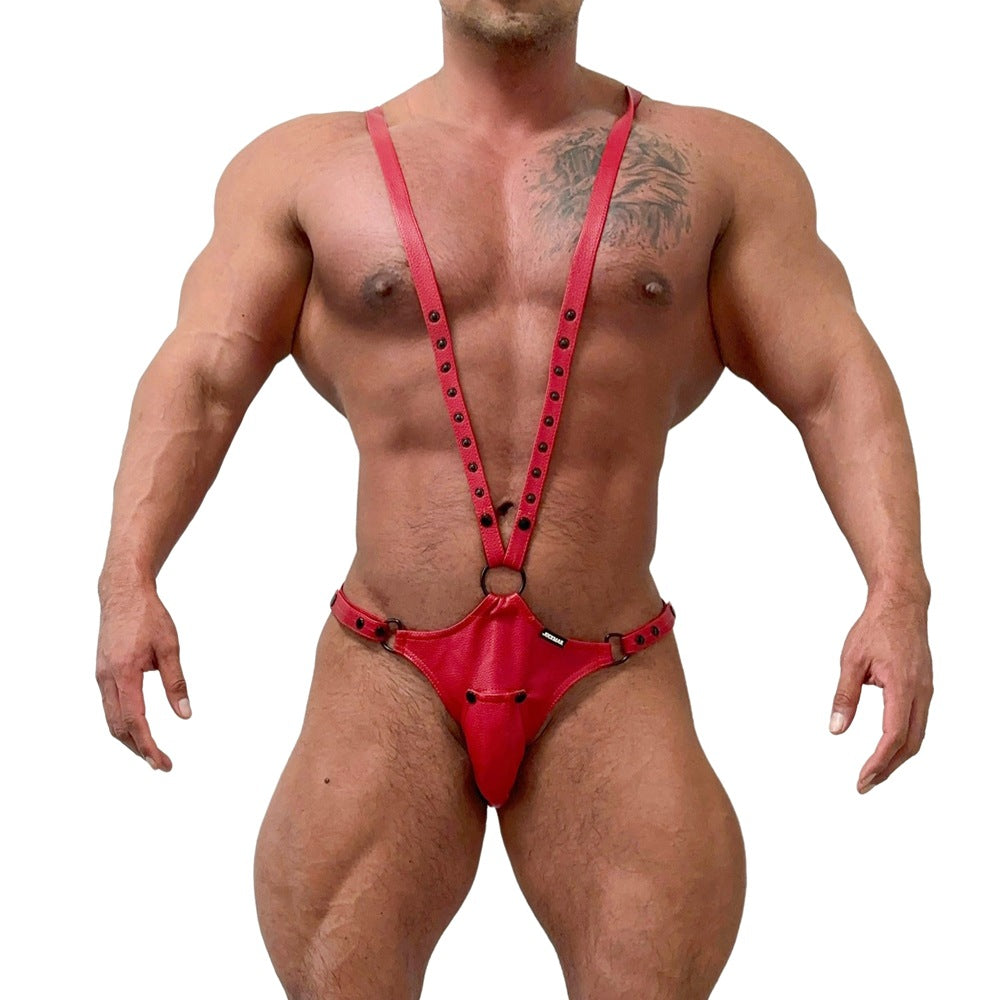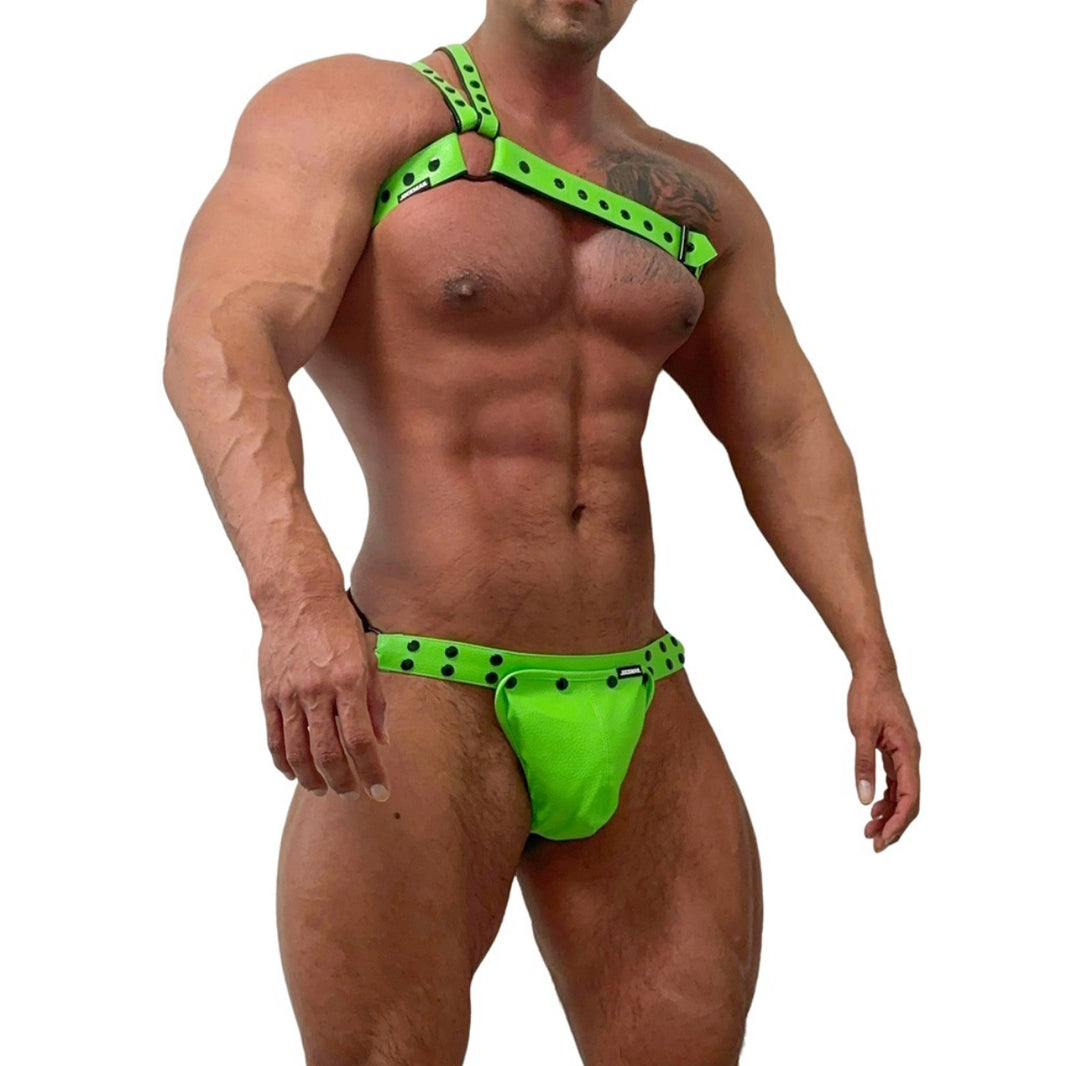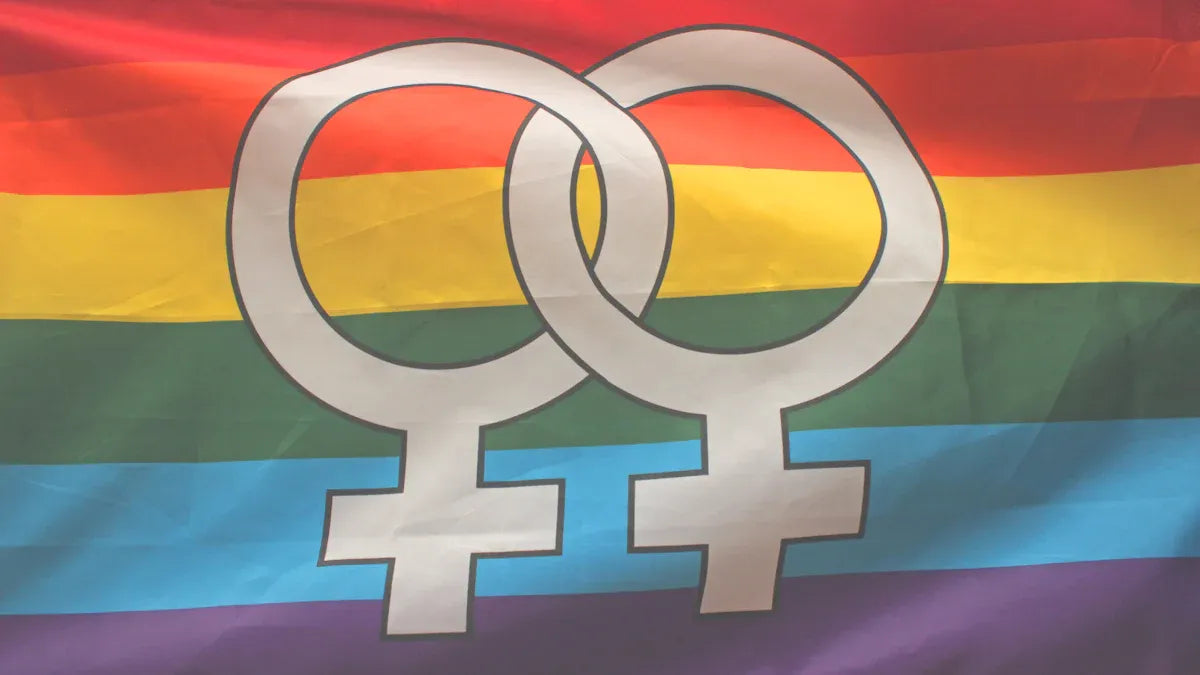
What Makes June the Month for Pride Celebrations?
Every June, you’ll see colorful parades, rainbow flags, and togetherness. But do you know why June is LGBTQ Pride Month? It began with the Stonewall Riots on June 28, 1969. That night, police raided the Stonewall Inn in New York City. This event started a strong movement for LGBTQ rights. A year later, the first Pride march brought thousands together. They celebrated identity and fought for equality. Today, Pride is celebrated worldwide. It shows how far we’ve come and what’s left to do.
Key Takeaways
-
June is Pride Month to remember the Stonewall Riots. These riots started on June 28, 1969, and began the fight for LGBTQ rights.
-
The first Pride march happened on June 28, 1970. It celebrated LGBTQ identity and called for equal rights. This was an important event in LGBTQ history.
-
Pride events have grown from small protests to big celebrations. They show the LGBTQ community's strength and unity. These events spread love and acceptance everywhere.
-
Pride Month reminds us that the fight for LGBTQ rights continues. It asks everyone to support equality and stop discrimination.
-
Joining Pride events or helping LGBTQ groups can make a change. Every effort spreads awareness and acceptance.
The Historical Roots of Pride Month
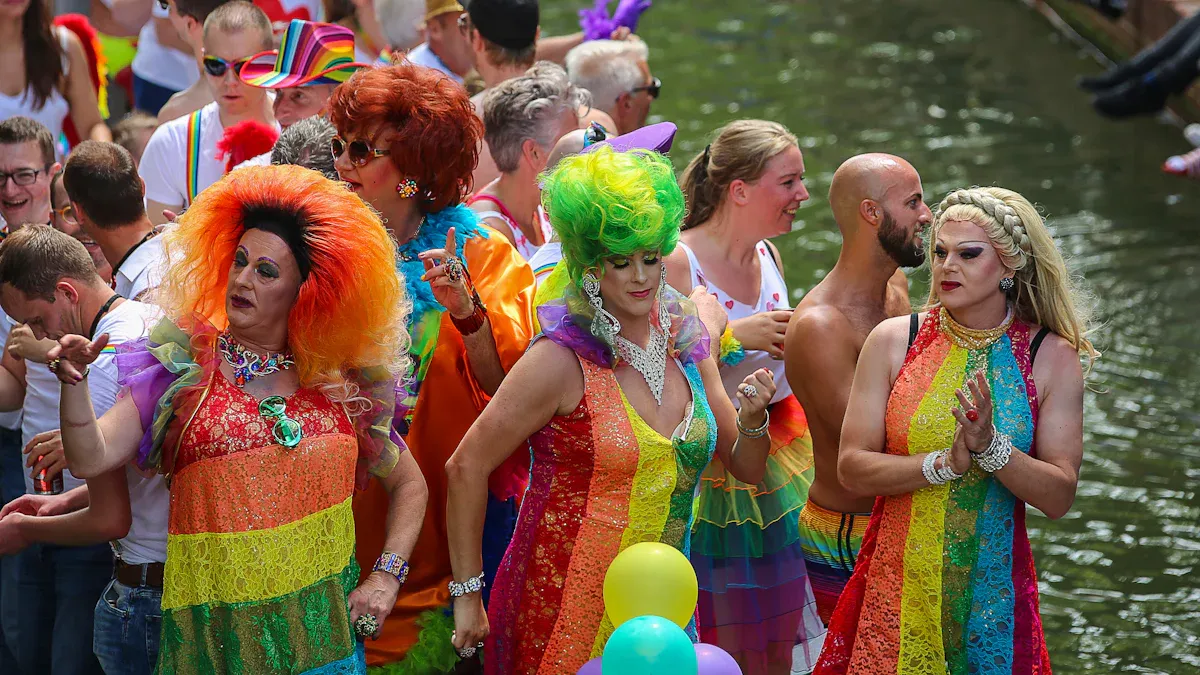
The Stonewall Riots and Their Impact
The Stonewall Riots happened on June 28, 1969. That night, police raided the Stonewall Inn in New York City. This bar was a popular spot for LGBTQ people. Instead of leaving quietly, the people there fought back. This resistance led to days of protests and became a symbol of standing up to unfair treatment.
The riots were more than just one night of fighting. They showed the daily struggles LGBTQ people faced, like police mistreatment and being rejected by society. These events inspired many to take action and speak out. The Stonewall Riots became a powerful call for fairness and acceptance, and their influence is still felt today.
“Stonewall wasn’t just a riot; it was a revolution,” activists often say. It started a new time when LGBTQ voices demanded to be heard.
The Role of the Stonewall Inn in LGBTQ+ History
The Stonewall Inn was more than a bar; it was a safe space. In the 1960s, LGBTQ people had few places to gather without fear. The Stonewall Inn gave them a place to be themselves without judgment or arrest.
After the riots, the Stonewall Inn became a symbol of strength. It is now a historic landmark that represents the fight for LGBTQ rights. The first Pride march happened on June 28, 1970, near the Stonewall Inn. It honored the riots and celebrated the community’s courage. Today, the Stonewall Inn reminds us of the progress made and the work still needed.
|
Date |
Event Description |
|---|---|
|
June 28, 1969 |
The Stonewall Riots began, leading to protests and resistance. |
|
June 28, 1970 |
The first Pride march started near the Stonewall Inn to honor the riots. |
|
Present |
The Stonewall Inn is a symbol of LGBTQ pride and a historic site celebrated during Pride Month. |
The Rise of LGBTQ+ Activism After Stonewall
The Stonewall Riots didn’t just lead to protests; they started a movement. After the riots, groups like the Gay Liberation Front (GLF) formed. These groups worked for equality and visibility for LGBTQ people. They helped start the modern LGBTQ rights movement.
One big result of this activism was the first Pride march. It was called Christopher Street Liberation Day and happened one year after the riots. Thousands of people joined to celebrate their identity and demand change. This march inspired others across the U.S. and the world.
The Stonewall Riots showed the LGBTQ community they were stronger together. By standing up to unfairness, they created a lasting legacy. This legacy continues to inspire Pride celebrations today.
The First Pride March and Its Importance
How the First Pride March Began
The first Pride march was more than a parade. It was a brave act. On June 28, 1970, the Christopher Street Liberation Day March happened. It marked one year since the Stonewall Riots. This event wasn’t about fun or music. It was about being seen and asking for fairness. Imagine how brave LGBTQ people were to walk in public. They knew they were challenging unfair rules and beliefs.
Activists like Craig Rodwell, Fred Sargeant, Ellen Broidy, Linda Rhodes, and Brenda Howard planned the march. They believed working together could bring change. They wanted the world to see LGBTQ people as strong and deserving of rights. The march covered 15 blocks, as noted by The New York Times. It became the start of what we now call Pride Month.
|
Year |
Event Details |
|---|---|
|
1969 |
The Stonewall Riots began after a police raid at the Stonewall Inn in NYC. |
|
1970 |
The first Gay Pride March honored the Stonewall Riots. |
|
1970 |
The New York Times reported the march stretched across 15 NYC blocks. |
Christopher Street Liberation Day’s Lasting Impact
Christopher Street Liberation Day wasn’t just a one-time event. It became a yearly tradition that inspired Pride events worldwide. The name honors Christopher Street, where the Stonewall Inn is located. This day was about taking back space and showing LGBTQ people wouldn’t stay silent.
Why is this day so important? It turned the fight for LGBTQ rights into something everyone could see. Today’s Pride parades started because of this historic march. Every rainbow flag, chant for fairness, and celebration connects back to Christopher Street Liberation Day.
“We’re here, we’re queer, get used to it!” became a famous chant. It showed the bravery of standing up and being noticed.
How Pride Spread Around the World
What began as a small march in New York City grew worldwide. Pride events now happen in cities like São Paulo and Sydney. Over time, these events have changed. Early Pride marches focused on fighting for rights. Today, they also celebrate progress and community.
Pride events come in many forms. Some focus on specific groups, like Atlanta Black Pride or Celebrate Orgullo. These events highlight the struggles of racially diverse LGBTQ people. They make sure everyone feels included. Pride Month is now a time to celebrate and think. It reminds us the fight for fairness isn’t over.
🌍 Pride is more than a parade. It’s a global movement for love, acceptance, and visibility.
The Evolution of Pride Month
From Local Protests to Global Pride Month
Small protests in New York City grew into a global movement. Pride parades started to honor the Stonewall Riots and unite LGBTQ people. Over time, they became symbols of strength and togetherness. Groups like InterPride helped spread Pride events worldwide. They organized celebrations and made rainbow colors a global LGBTQ symbol.
Pride events are bright and exciting, with floats, music, and costumes. These celebrations grab attention and increase LGBTQ acceptance. They help people learn about LGBTQ rights everywhere. Here’s how local protests turned into a worldwide celebration:
|
Evidence |
Description |
|---|---|
|
Pride parades |
Events honoring Stonewall Riots and showing LGBTQ unity. |
|
Global uptake |
Groups like InterPride spread Pride events globally. |
|
Visibility and acceptance |
Bright Pride events boost LGBTQ awareness around the world. |
Government Recognition of Pride Month
Governments helped make Pride Month official. In 1999, President Bill Clinton declared June as Pride Month. Later, President Barack Obama continued this in 2011, supporting LGBTQ rights. In 2024, President Joe Biden reaffirmed Pride Month, stressing the fight for equality.
These proclamations show progress and honor LGBTQ struggles and wins. Pride Month isn’t just about fun—it’s about remembering the journey. Here’s a timeline of key government actions:
|
Year |
President |
Proclamation Link |
|---|---|---|
|
1999 |
Bill Clinton |
|
|
2011 |
Barack Obama |
|
|
2024 |
Joe Biden |
The Role of Media and Corporations in Modern Pride
Media and companies now play big roles in Pride Month. TV shows, movies, and social media share LGBTQ stories and voices. Companies join by selling Pride-themed items and running campaigns. Some call this “rainbow capitalism,” but it does increase visibility.
When brands support Pride, they help normalize LGBTQ identities. Look for companies that donate to LGBTQ groups or push for policy changes. Media and businesses can shape opinions. Their support for Pride can be helpful if it’s genuine.
🌈 Tip: Check if a company truly supports LGBTQ people or just sells products.
The Diversity of LGBTQ+ Pride Celebrations
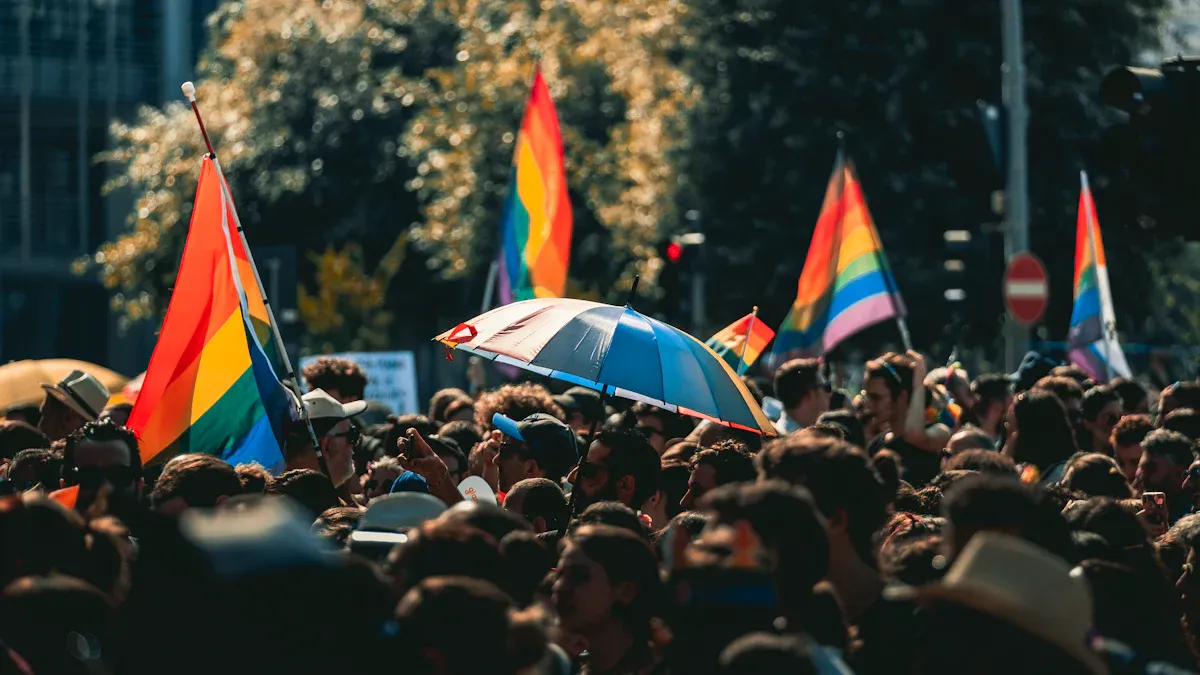
Intersectionality in Pride: Dyke Marches, Black Pride, and More
Pride events are unique, just like the people they honor. Over time, gatherings like Dyke Marches and Black Pride have shown why intersectionality matters. These events focus on challenges faced by specific LGBTQ groups.
The Dyke March started in 1993 in New York City. It was led by the Lesbian Avengers to support lesbians and queer women. Many felt left out of larger Pride events. Black Pride began earlier, in 1991, as Black Lesbian and Gay Pride Day. It gave African Americans in the LGBTQ community a safe space. It also raised money for AIDS service groups. Founder Carlene Cheatam said it helped closeted Black LGBTQ people feel seen.
|
Event |
Year |
Purpose |
|---|---|---|
|
Dyke March |
1993 |
Highlighted lesbians and queer women’s voices. |
|
Black Lesbian and Gay Pride |
1991 |
Supported African Americans and AIDS service organizations. |
These events show Pride is about more than fun. It’s also about standing up for representation and fairness.
Resilience and Advocacy in the LGBTQ+ Community
Pride events prove the LGBTQ community’s strength and determination. Since the Stonewall Riots in 1969, Pride has stood against unfair treatment. Even now, in places with harsh laws, Pride fights for rights. South Africa’s Pride parades push for equality where discrimination is common. In 2023, Pride happened in over 100 countries, showing the community’s courage.
Reports like "Beyond the Rainbows and Glitter" explain how Pride builds unity. Activists use these events to demand human rights, even as anti-LGBTQ laws grow. Pride Month reminds everyone that the fight for fairness continues. It shows how standing together makes a difference.
Pride as a Platform for Awareness and Change
Pride isn’t just about celebrating; it’s about making a difference. Pride Month helps LGBTQ people feel seen and less alone. Parades challenge stereotypes and teach others about LGBTQ issues. They create safe spaces for connection and support.
Worldwide, Pride events also focus on mental health struggles in the LGBTQ community. They push for better care and policies to help. Events like Singapore’s Pink Dot show how Pride adapts to different cultures. Pride inspires action and reminds us every flag and chant matters.
🌈 Pride celebrates love, strength, and the hope for a better world.
June is not just about celebrating; it’s about remembering. Pride Month honors the fight for LGBTQ rights and the courage of activists. It highlights progress since the Stonewall Riots and ongoing struggles. Discrimination still affects many, especially in healthcare and family life.
|
Evidence Type |
Statistic |
Description |
|---|---|---|
|
Family Discrimination |
33% |
LGBTQ people moved away to avoid family bias. |
|
Healthcare Costs |
29% |
LGBTQ people skipped medical care due to high costs. |
|
Healthcare Bias |
15% |
LGBTQ people avoided doctors because of unfair treatment. |
|
Transgender Costs |
51% |
Transgender people delayed care due to expenses. |
|
Insurance Coverage |
88% |
Most LGBTQ Americans have health insurance. |
|
Generational Cost Gap |
37% |
Gen Z LGBTQ adults delayed care more than Baby Boomers. |
Pride Month is now a global event. It celebrates identity and visibility while fighting for fairness. Every parade, flag, and chant brings hope for change.
FAQ
What does Pride Month celebrate?
Pride Month honors LGBTQ+ identity, history, and achievements. It remembers the bravery of activists who fought for fairness. It also highlights the ongoing need for acceptance and equal rights.
🌈 Tip: Use Pride Month to learn about LGBTQ+ topics and show support.
Why is June Pride Month?
June was chosen to remember the Stonewall Riots in 1969. These protests were a key moment in LGBTQ+ activism. They inspired the first Pride march and the global movement we know today.
Are Pride events just for LGBTQ+ people?
No, they’re for everyone! Allies are important at Pride events. By showing support, you help promote equality. Being there helps make the world more inclusive.
How can I help during Pride Month?
You can join events, give to LGBTQ+ groups, or learn about LGBTQ+ history. Even small things, like using kind words, can help.
💡 Note: Buying from LGBTQ+ businesses is another way to show support.
Why are rainbow flags used in Pride?
The rainbow flag stands for diversity and inclusion in the LGBTQ+ community. Each color has a special meaning, like life or healing. It’s a strong symbol of pride and unity.
🌟 Fun Fact: The first rainbow flag was created by Gilbert Baker in 1978.
